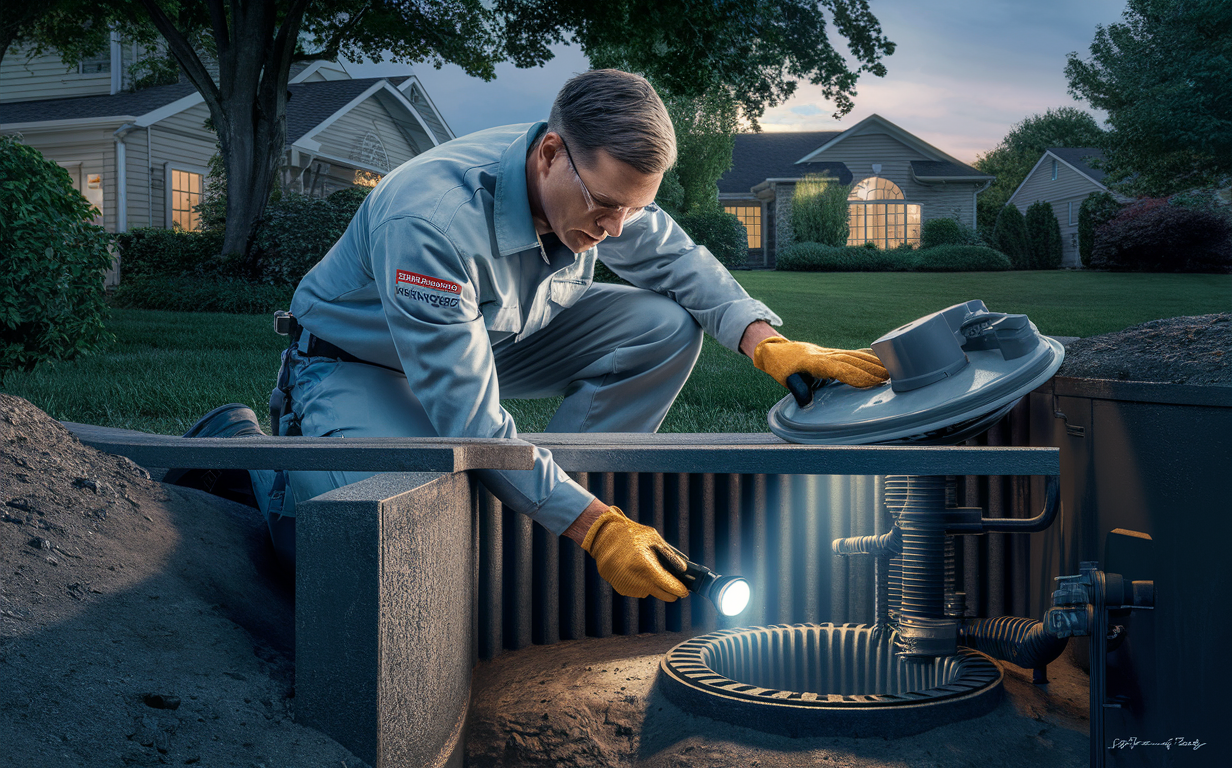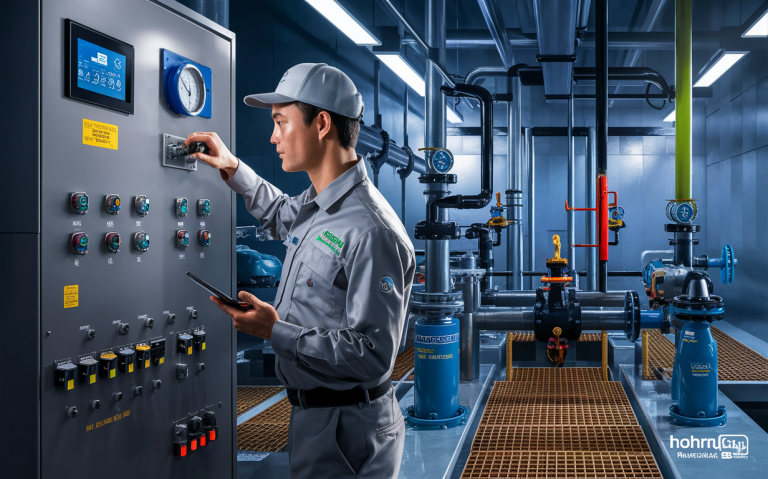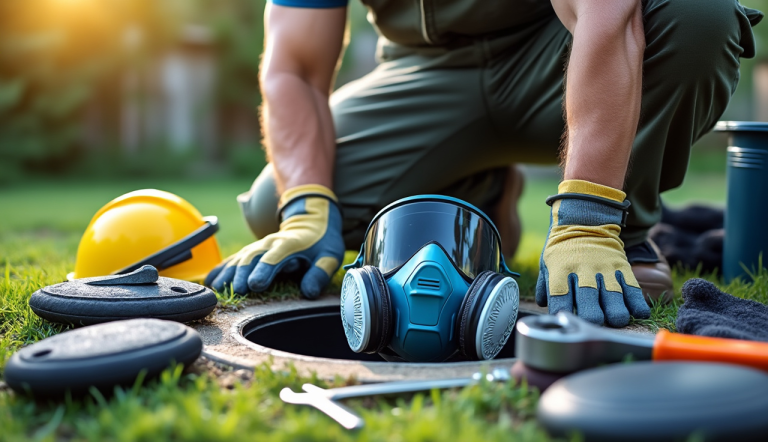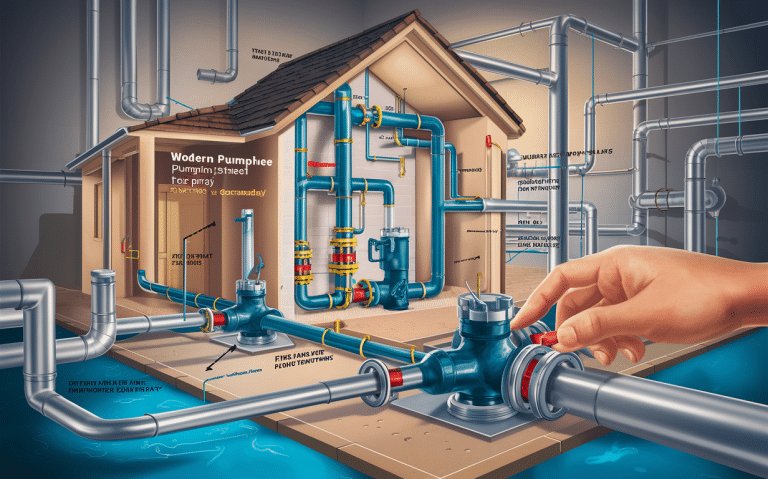Inspecting the Tank’s Condition and Components During Septic Pumping: Save Big
Inspecting the tank’s condition and components during septic pumping is essential for maintaining a functional and efficient septic system. Regular inspection ensures that minor issues are identified and resolved before they escalate into costly repairs.
Key Takeaway
- Importance of Regular Inspections: Regular inspections during septic pumping help prevent significant problems and prolong the lifespan of your septic system.
- Components to Check: Key components include the tank, baffles, sludge levels, and drain field.
- Professional Expertise: Expertise is required to accurately assess and maintain the system.
- Money-Saving Benefits: Early detection of issues can save you from expensive repairs.
Understanding the Basics of Septic Pumping
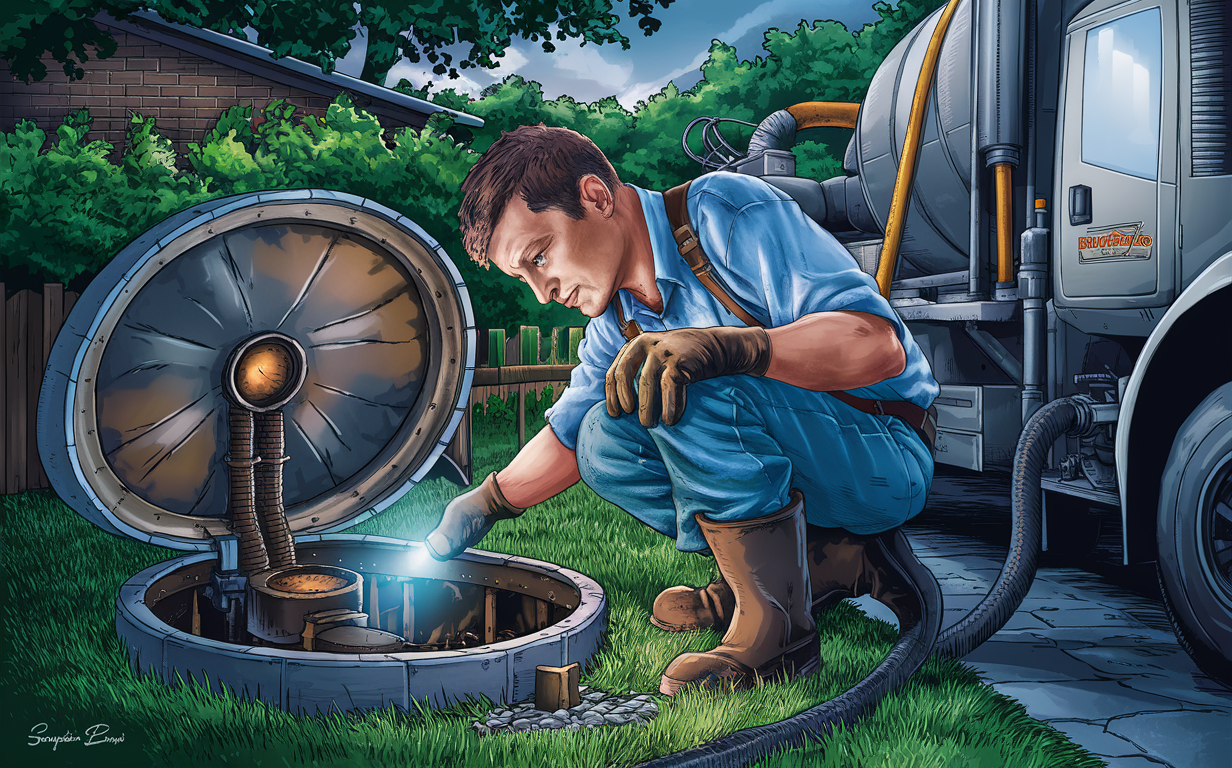
When you pump your septic tank, it’s more than just removing waste. It’s a prime opportunity to inspect the tank’s condition and various components to ensure everything is working correctly. Here’s why it’s critical:
Why Regular Inspection is Vital
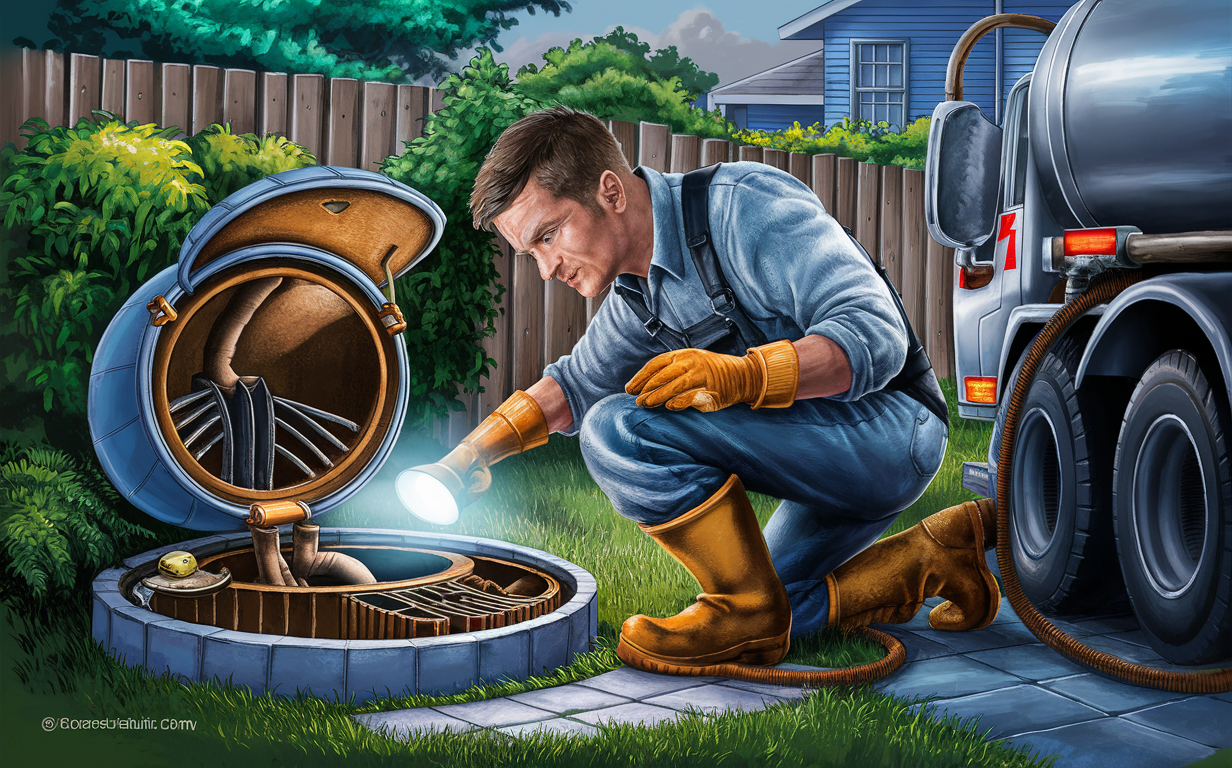
Regular inspection during septic pumping can prevent unexpected breakdowns and costly repairs. By having a professional examine the tank, you can identify early signs of wear and tear or potential issues that could escalate.
Key Components to Inspect
Tank Structure
First, the overall structure of the tank should be thoroughly inspected for signs of damage like cracks or leaks. This is crucial as any structural damage can lead to system failure.
Baffles and Tees
Baffles and tees direct the flow of wastewater within the tank. Ensuring these components are intact prevents scum from clogging the outlet pipe and migrating to the drain field.
Sludge and Scum Levels
Monitoring the sludge and scum levels helps determine if the tank is filling up too quickly, indicating potential issues with water usage or system design.
Inlet and Outlet Pipes
Make sure to inspect the inlet and outlet pipes for blockages or damage. Blocked pipes can cause backups and overflows, leading to unsanitary conditions and costly cleanups.
The Role of Technology in Inspections
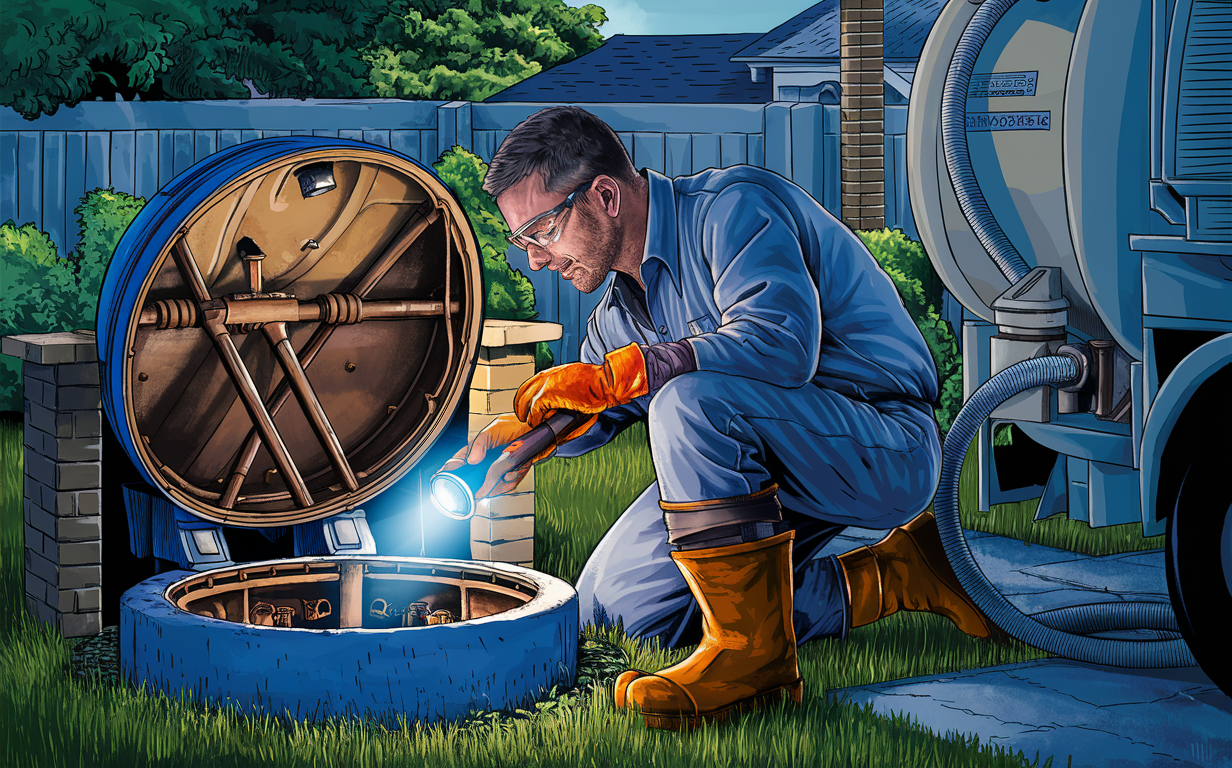
Video Camera Inspections
Using video cameras to inspect the interior of the septic tank and associated pipes can provide a clear picture of the system’s condition. This technology allows professionals to spot issues that are not visible through traditional methods.
Advanced Sensors
Advanced sensors can measure the thickness of sludge and scum layers, ensuring that the tank is pumped at the right time. This prevents premature pumping and helps in scheduling maintenance efficiently.
Common Issues Identified During Septic Inspections
| Common Issue | Description | Impact | Suggested Action |
|---|---|---|---|
| Structural Cracks | Cracks in the tank walls | Can lead to leaks and system failure | Repair or replace tank |
| Baffle Damage | Damaged or missing baffles | Causes clogging | Replace baffles |
| High Sludge Levels | Excessive sludge accumulation | Reduces tank efficiency | Pump more frequently |
| Blocked Inlet/Outlet | Blockages in pipes | Causes backups and overflows | Clear blockages |
Frequency of Inspections
Household Size and Usage
The frequency of inspections can depend on the household size and water usage. Larger households or properties with high water usage may require more frequent inspections.
Facts About Septic Pumping And Tank Inspection
- According to the National Small Flows Clearinghouse (NSF International), septic tank inspections during pumping are recommended every three to five years for residential systems (Source).
- The Environmental Protection Agency (EPA) states that inspections during pumping can help identify and address problems before they become serious (Source).
- The average cost of septic pumping and inspection ranges from $250 to $700, according to HomeAdvisor (Source).
- Common issues identified during inspections include cracks in the tank, buildup of sludge and scum layers, and leaks in the distribution system (Source).
- The American Society of Civil Engineers (ASCE) reports that over 25% of the 25 million septic systems in the US are in failure or at failure (Source).
- Regular inspections and maintenance can extend the life of a septic system and prevent costly repairs or replacements (Source).
Recommended Inspection Frequency Based on Household Size
| Household Size | Recommended Inspection Frequency |
|---|---|
| 1-2 people | Every 5 years |
| 3-4 people | Every 3-4 years |
| 5-6 people | Every 2-3 years |
| 7+ people | Every 1-2 years |
Professional Expertise Matters
Trained Technicians
Our team at United Sewer & Septic consists of trained technicians who understand the intricacies of septic systems. Their expertise ensures that inspections are thorough and accurate.
Certification and Licensing
Certified professionals, like those at United Sewer & Septic, have the necessary training and experience to handle any issues that may arise during an inspection.
The Impact of Neglecting Inspections
System Failure
Neglecting regular inspections can lead to system failure, resulting in unsanitary conditions and significant repair costs.
Decreased Property Value
A well-maintained septic system can enhance your property value. Conversely, a neglected system can decrease your property value and make it harder to sell your home.
Inspection Process Overview
Initial Assessment
The inspection process starts with an initial assessment where our team evaluates the overall condition of the tank and system.
Detailed Check
A detailed check involves inspecting the tank’s interior, checking sludge and scum levels, and assessing the condition of baffles, pipes, and other components.
Reporting and Recommendations
After the inspection, you will receive a comprehensive report detailing the findings and any recommended actions to ensure the system remains in optimal condition.
Benefits of Professional Septic Inspections
- Early Problem Detection: Identifies issues before they become major problems.
- Cost Savings: Prevents expensive emergency repairs.
- System Longevity: Extends the lifespan of your septic system.
- Compliance: Ensures your system meets local regulations.
- Peace of Mind: Provides reassurance that your septic system is functioning properly.
Key Takeaways: Inspecting the Tank’s Condition and Components During Septic Pumping
Inspecting the tank’s condition and components during septic pumping is essential for maintaining a functional and efficient septic system. Regular inspections help identify minor issues before they become significant problems, ultimately saving you money and prolonging the life of your system.
With advancements in technology, such as video camera inspections and advanced sensors, professionals can provide more accurate and efficient inspections. United Sewer & Septic’s trained and certified technicians ensure thorough inspections, preventing unsanitary conditions and costly repairs.
Choosing regular septic inspections means choosing to protect your investment and ensure a healthy living environment. By staying proactive and vigilant, you can avoid the stress and financial burden of unexpected septic system failures.
Call us now at (888) 845-CLOG (2564) or (845) 637-3544 and get your free estimate!

